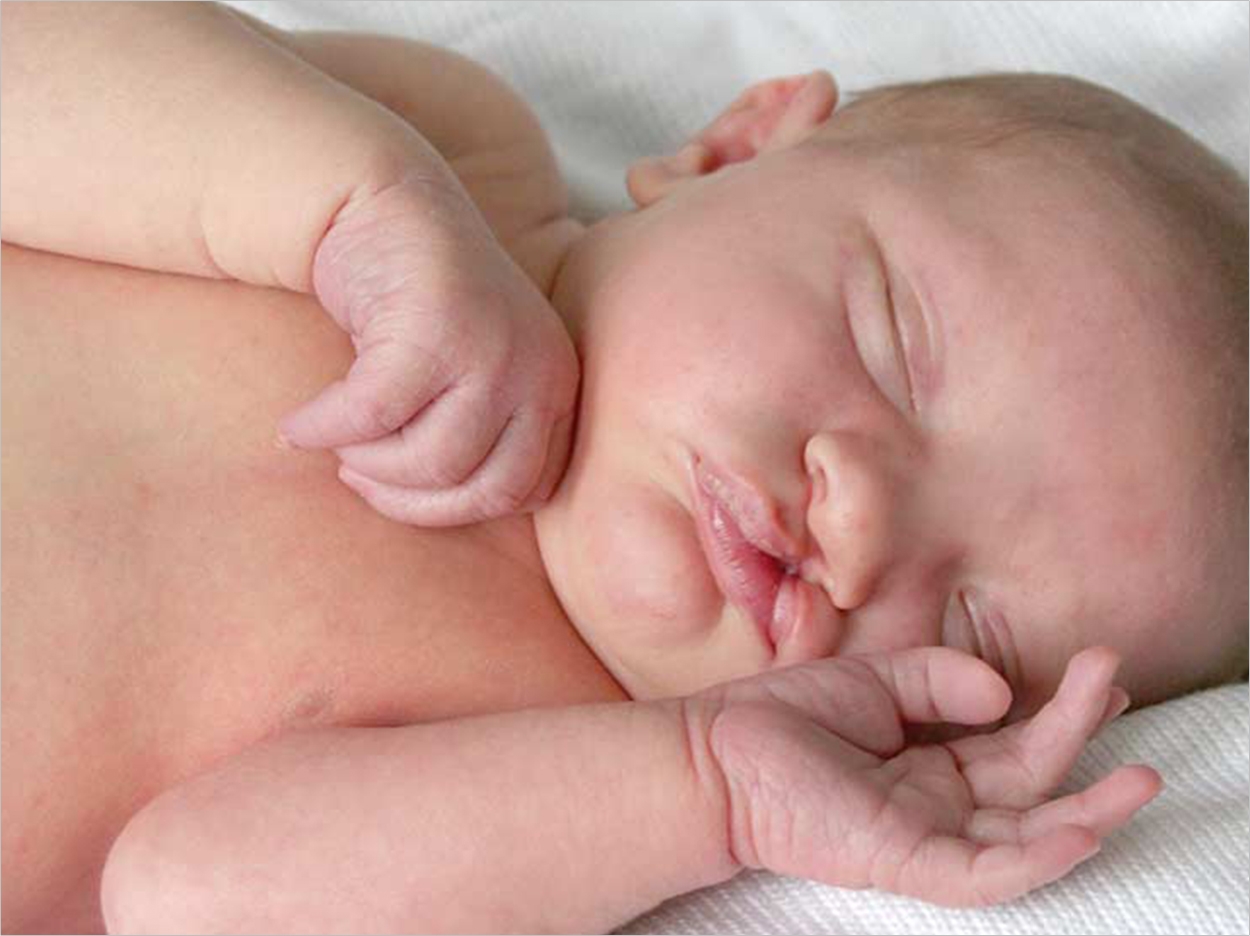
Researchers at the University of Southern California (USC) have found that 3 siblings born with cleft lip and palate share a common gene mutation associated with the birth defect. The gene intraflagellar transport 88 (IFT88) ensures that transportation antennae (cilia) on embryonic cells travel to the right place, enabling the development of cartilage, bone, and smooth muscle in the face and skull.
“Finding this birth defect in every single child in a family is like catching lightning in a bottle because it allowed us to pinpoint the gene mutation that is probably responsible,” said Yang Chai, DDS, PhD, senior author of the study and director of the Herman Ostrow School of Dentistry at USC. “Our finding that the gene IFT88 is involved in cleft lip and palate is unlikely to be mere coincidence.”
However, the study only involved 3 children, so Chai said more investigation is needed to find a causal relationship. The children, 2 boys and a girl, were found and supported in Mexico by Operation Smile, a nonprofit organization that provides free facial surgeries in developing countries. Their mother did not have the congenital disorder, but their father did. Surgeons at Children’s Hospital Los Angeles (CHLA) repaired the orofacial abnormality.
The Centers for Disease Control and Prevention report that cleft lip and palate is the most common birth defect, occurring in approximately one in 1,000 live births and 7,000 children born with it each year. Cleft lip and palate can impact survival, feeding, and speech, with long-term implications if not repaired early and correctly, according to the researchers.
“Understanding the underlying causes of craniofacial disorders can one day lead to an intervention that can reduce the severity of this birth defect, thereby lessening the social, emotional, and financial burden that these families face,” said Pedro Sanchez, MD, a coauthor of the study, a medical geneticist at CHLA, and an assistant professor of clinical pathology and pediatrics at the Keck School of Medicine at USC.
The researchers went through 32,061 unique gene variations to identify IFT88.
“If someone carries this mutation, they may have a higher chance of giving birth to children with cleft lip and palate,” said Chai, who also is associate dean of the Ostrow School. “Doctors can provide consultations to these patients before they give birth, so parents can have surgery lined up and seek out proper care for their newborns.”
The study of IFT88 may eventually have far-reaching implications, the researchers said. Other congenital diseases tied to a genetic disorder of cilia on embryonic cells include retinal degeneration, hearing defects, polydactyly, and brain malformations. Genome-wide association studies usually use the data of hundreds or thousands of patients to identify a gene mutation, yet they are still association studies.
“In our study, however, the animal model and the human mutation match,” said Chai. “In the animal model, there is no doubt. We have shown that 100% of the mice who have a single mutation in IFT88 have cleft lip and palate.”
The study, “Intraflagellar Transport 88 (IFT88) Is Crucial for Craniofacial Development in Mice and Is a Candidate Gene for Human Cleft Lip and Palate,” was published by Human Molecular Genetics.
Related Articles
Abnormal Salivary Glands Linked to Dental Problems in Cleft Lip and Palate Patients
Gene Tied to Cleft Lip and Palate Identified
Genetic Roots of Cleft Lip and Palate Investigated


